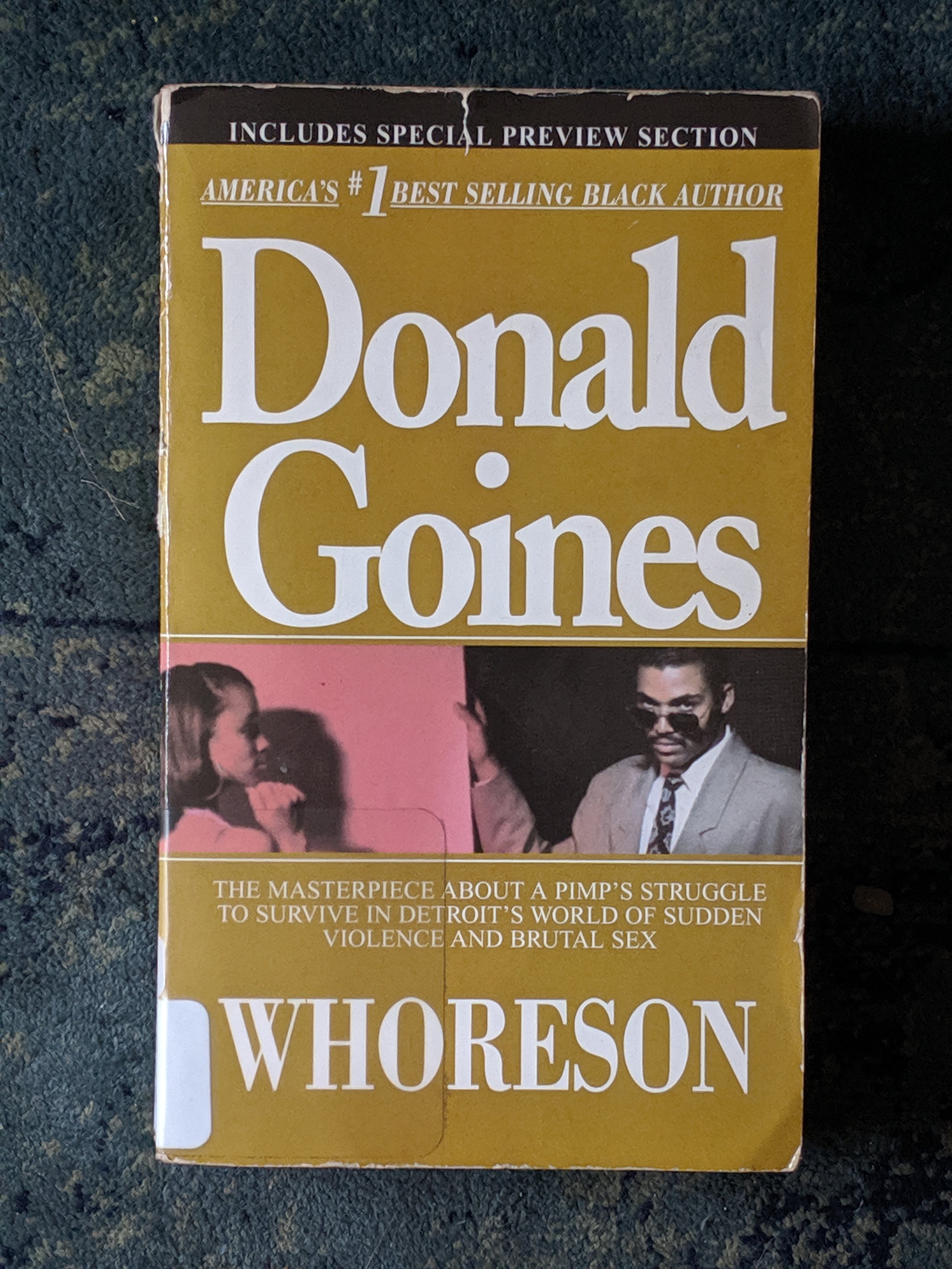AUSCHWITZ: NOT LONG AGO. NOT FAR AWAY - EDITED BY ROBERT JAN VAN PELT
Predictably depressing. I got this on a whim while looking for another book at the Seattle Central Library. It’s a big beautiful coffee-table book that is meant to go along with a museum exhibit (also called Auschwitz: Not log ago. Not far away.) that, apparently, travelled to Madrid and New York. I’ve never been to a death camp, though I would feel obliged to visit if I was in any part of Eastern Europe. The camps are certainly part of a dark historical current that remains relevant. I’ve visited the Holocaust Museum in DC (more than once, upsettingly) as well as the Anne Frank house in Amsterdam (who, of course, is one of the more famous Auschwitz victims) and there certainly is something to seeing the actual artifacts associated with an event like this. The piles of shoes and luggage, the tedious bureaucratic forms, the railroad cars, all seem banal and cursed in person. It seems like if you held them up to your ear you could hear a faint scream. The book doesn’t really have any of this power, I’m not quite sure why. It toggles back and forth between the stories of individual victims and the larger narrative of the camp’s ideological basis, conception, permutations, and destruction. It provides a pretty chilling and detailed account of the extermination procedure that ended roughly 1.1 million lives. I think part of the problem is that I haven’t seen this exhibit (which does seem amazing) and when the book is left to not supplement but rather to stand on it’s own, the main part is missing and I’m stuck wanting something else. I would have appreciated more history, there are fascinating parts that refers briefly to the fact that commanders at Auschwitz visited other camps to compare murder-notes. The book touches on life for the wives of the officers and, even more briefly, life in the polish town near-by. More explanation of the thinking that lead high ranking military officials to undertake such an enormous task (the sheer scale of the deportations, the number of train-rides alone) during the middle of a taxing two-front war would have been appreciated. The book largely skimps on the moral questions Auschwitz brings up. Actually, the book will occasionally faint in this direction, especially when it talks about how we live in a post-Auschwtiz world. That part bothered me, every time the book made implied or stated that Auschwitz is uniquely terrible and beyond the pale in wide history of human kind. This is very clearly not the case, even if one was to look only at the Germans, this wasn’t even their first genocide of the 20th century. A few decades earlier they’d committed atrocities in what is now Namibia, complete with concentration camps and medical experimentation and starvation and a racist puesdo-scientific rational and massacres and everything else you associate with the term. This is not to say that the Holocaust isn’t uniquely terrible, just that it isn’t unique. There is something chilling and pertinent about the efficiency and bureaucratic banality to the Holocaust, the way the camps seem to suggest a factory that manufactures corpses, something that indicts modernization, but, as a non-german, I feel that elevating the Holocaust to something without precedent or analogy often is used (both implicitly and explicitly) to excuse some of the many other genocides in history, some of which I’m much more uncomfortably connected to. Also, the moral questions that surround the sonderkommandos could easily fill a book this size. Apparently there was a brief Sonderkommando revolt at Auschwitz that resulted in an SS man getting shoved into a crematorium alive. 43 charnel pits




















